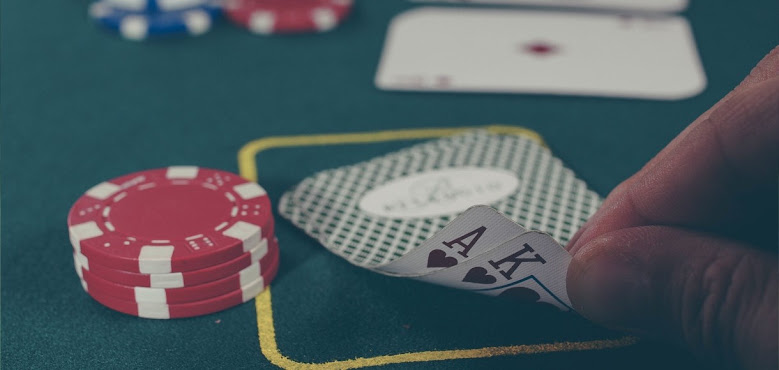Blackjack rise and fall
Blackjack's Rise And Fall Shows What Drives Customers Away
카지노사이트 The game of blackjack dates to the middle of the 18th century. Like many other gambling pastimes (poker, for one), it originated in France, although Americans gave the game its present form.
Also known as twenty-one, the object of the game is simple: beat the dealer’s total without going over 21, or busting. The player gets two cards, and the dealer gets two, only one of which is visible to the table.
The player then decides whether to hit (get another card), stand, split (if dealt two identical cards, for example a pair of eights), or double down (double the wager and receive one, and only one, new card). Under traditional rules, a natural blackjack (the player draws an ace and a ten-value card) pays three to two, meaning a $100 bet returns $150. All other bets pay even money; if the player busts before the dealer, he loses, and if the player and dealer tie, it is a push (neither side wins).
For about two hundred years, blackjack was the casino equivalent of a benchwarmer. Into the 1950s, the most popular casino game in Las Vegas was craps, a rollicking, social game that was seen at its most colorful in Guys and Dolls.
When the dice were hot, craps was a party, and when they weren’t, everyone suffered together. Blackjack, by contrast, is a game that pits each player 안전한 카지노사이트 individually against the dealer and often each other. A novice player who deviates from basic strategy and hits when standing is advised might be castigated for “taking the dealer’s ten.” Crapping out, by contrast, can only be blamed on the whimsy of luck, which, as Sky Masterson knew, isn’t always a lady.So how did isolated, intellectual blackjack push aside brawny, crowd-pleasing craps? Math, which might be fearsome when it’s on a test but positively friendly when it can make you money.
In 1956, a quartet of U.S. Army mathematicians—who have gone down in the annals of blackjack as the Baldwin group—published an article in the Journal of the American Statistical Association that described for the first time a mathematically correct set of rules for the game. Known as basic strategy, this approach dictates to the player how to proceed with any hand.
Basic strategy, perfectly executed, cut the house edge to almost zero, which turned a few heads. Then, in 1962, UCLA math Ph.D. Ed Thorp published Beat the Dealer, a best-selling paperback that explained to the general public how, by counting cards (keeping track of how many high-value cards remained in play), players could actually have a statistical advantage over the house.
This was the casino equivalent of splitting the atom: an awesome, unpredictable power unleashed. Smart, disciplined players could be guaranteed—at least statistically—to beat the casino. Blackjack quickly became the most popular game in the casino, though casino managers’ initial panic mellowed to wariness as they realized that not all players are as smart of disciplined as they’d like to believe.
Blackjack’s popularity from the 바카라사이트1960s onwards is instructive: nothing about the game itself changed. There were no new layouts, no attempts to make the game more social, no outreach to customers. If anything, antsy casino managers often made the game less welcoming. And yet blackjack grew, in spite of the casinos, because the customers had figured out a way to, at least sometimes, win.
For decades, blackjack remained the king of the tables. The game even had a revival after 21, a 2008 film based on the real-life exploits of the MIT counting team, introduced counting to a new generation. But nothing lasts forever, and on the Las Vegas Strip, at least, blackjack has of late played second fiddle to baccarat, which is preferred by Asian ultra-high rollers.
Competition from baccarat, slot machines, and other games isn’t the only thing that’s hurting blackjack, though. Many casino managers, who have always been uneasy at the game’s potential upside for players, have whittled off a little of the player’s edge here and there in an effort to make the game more profitable.

.webp)


Comments
Post a Comment